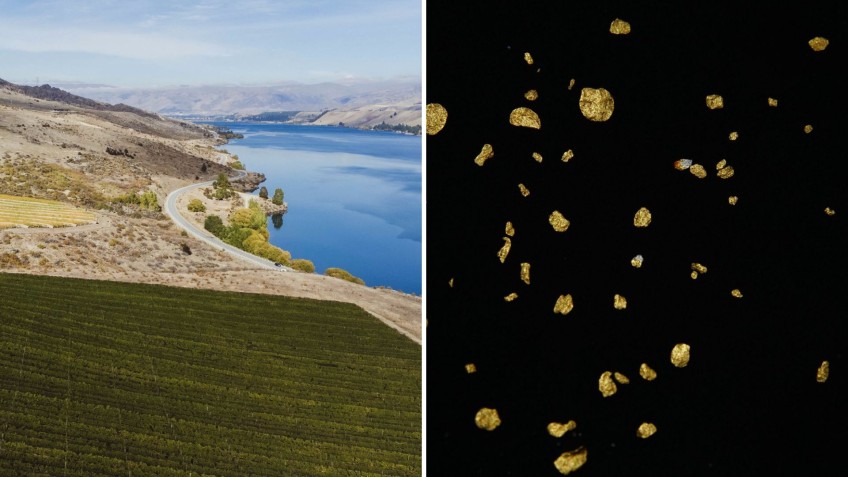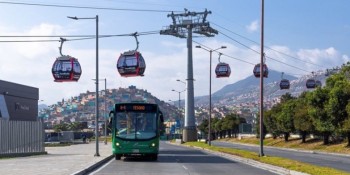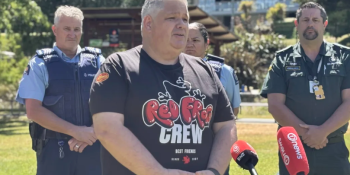Winegrowers calling for cautious approach to Cromwell gold mine

Wine industry opposition to a proposed mining operation in the hills above Cromwell continues to grow as a representative body adds its voice to those already asking for a cautious approach from decision makers.
The Central Otago Winegrowers Association (COWA) issued a statement yesterday, off the back of news Santana Minerals is chasing a streamlined consenting process for a sizeable gold mine it is eying up at Bendigo.
The group says, while it recognises the potential economic benefits the proposed project could bring, it has concerns it wants to see addressed before any go ahead is given.
"We are particularly concerned about the government's fast-track legislation, which has limited opportunities for community participation in the resource consenting process," it says.
The controversial legislation, making its way through parliament now, is designed to allow big infrastructure projects a faster consenting process and will give three government ministers ultimate decision making power for a project's approval.
Taking into account the flagged parliamentary process and requirements outlined in the bill to date, Santana Minerals chief executive Damian Spring last week told Crux he estimates if the bill becomes law and his project is given the green light, a mine at Bendigo could be in business "this time next year".
But this quick turnaround provides limited time to bring other stakeholders on board, and the winegrowers association claims too many people in the community remain in the dark as to Santana's plans.
Included on the group's list of concerns: potential negative impacts of the mine on the health of the Clutha/Mata-Au River and the region's reputation as a premium wine tourism destination, and restricted future access to Thomson Gorge Road, where the mine would be located.
Plus, the group says there "is a lack of detail on the sustainability credentials of the proposed mine, raising concerns about potential greenwashing for a project that is inherently extractive and energy intensive".
The legacy of a mine on the landscape is also a worry for winegrowers.
"There are questions about what the end of life for the mine will look like and who will be responsible for addressing any long-term adverse effects," the group says.
It is asking that government authorities and the mining company work "collaboratively" with the community, including winegrowers, moving forward.
"We believe in finding a balanced approach while safeguarding the environmental and cultural values that make Central Otago unique," it says.
"We look forward to continuing dialogue and working towards outcomes that reflect the best interests of our members and the broader community."
Mr Spring has told Crux his company is committed to "conversations and relationships and a lot of hard work" to secure a social licence for its Bendigo mine.
"We've really only just begun."
He expects in the next few months to be able to start making public some of the research that has been underway related to the site and mining impacts.
In a scoping study released to the Australian Stock Exchange in April Santana Minerals reveals plans to recover 1.12 million ounces of gold at the site - at current rates for gold per ounce, that is more than $4.4 billion worth.
Last month, the company listed on the New Zealand stock exchange.
Read more:
Wine and mining industries face off in Central Otago
Tiny but mighty - How Central Otago wineries collaborate to win in a brutal market
Main images (Facebook/Central Otago Winegrowers Association, left, and Pixabay, right)

























